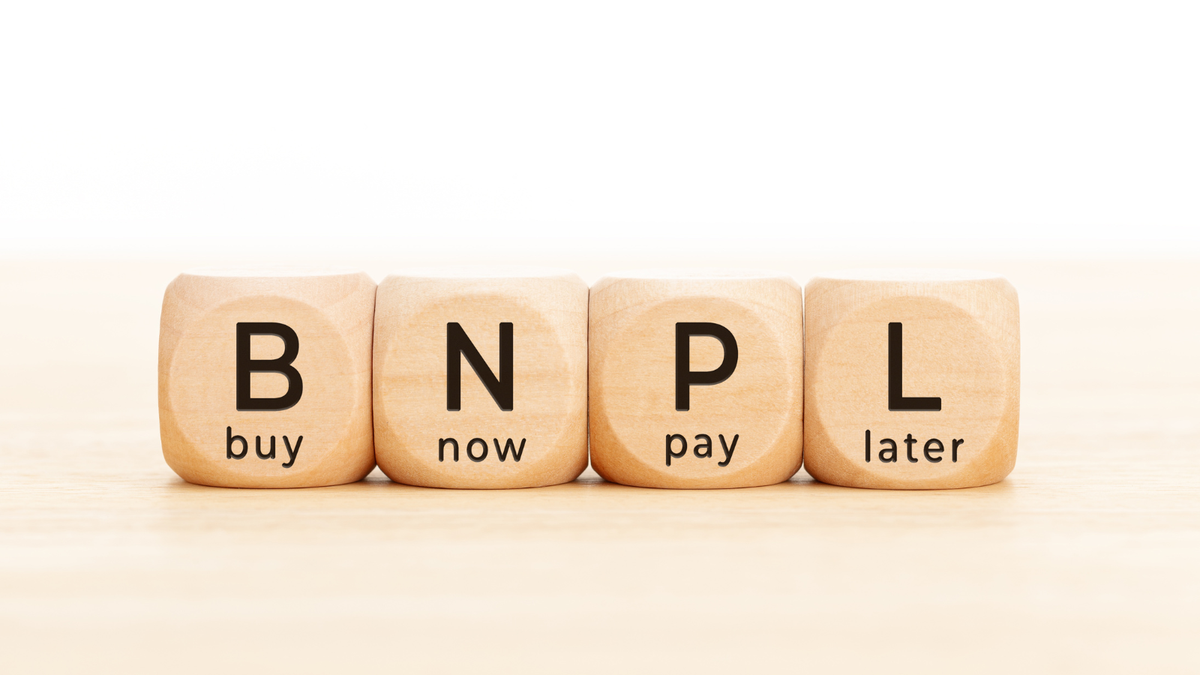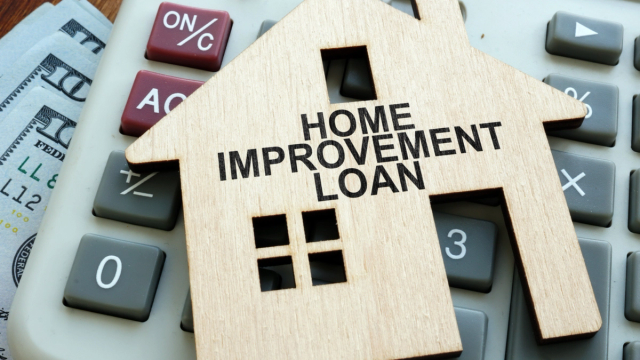Buy Now, Pay Later: How Does It Work in the Home Improvement Industry?
Buy now pay later has recently taken hold in the home improvement industry. Learn how BNPL can benefit customers of all credit levels.

Buy now, pay later (BNPL) has existed for decades, but this popular payment option has taken off in the past few years. BNPL usage grew 970% between 2019 and 2021 and is expected to grow 43.8% annually through 2030. Though apparel is the most popular BNPL purchase, many consumers also use BNPL for home improvement.
Before deciding whether to offer this option to your customers, let’s look at what BNPL looks like in the home improvement industry.
What Is Buy Now, Pay Later?
BNPL is an alternative payment method that lets customers pay in equal installments, often without interest or fees — as long as they make payments on time. Unlike traditional loans, BNPL requires only a soft credit pull or no credit check, approves most applicants, and has purchase minimums as low as $1. It’s typically offered online at checkout, but it’s becoming more prevalent in the home improvement industry.
Lowe’s, Home Depot, and HomeAdvisor all offer BNPL as a payment option for customers. Newer BNPL platforms support point-of-sale transactions, so this payment option is no longer limited to online purchases. Some credit cards even offer BNPL as an alternative payment plan for large purchases. Instead of gaining interest on purchases, credit card users can split large expenses over a longer period with an increase to their minimum monthly payment. It’s a great option for customers who want to finance home improvements using their existing line(s) of credit.
Pros and Cons of Buy Now, Pay Later
For customers, the BNPL application process is often faster and easier than applying for traditional loans, with near-instant approvals. There are no fees for the buyer and typically no interest if paid on time. And they’re a great option to keep one-time large purchases — like home improvement — from eating into available credit.
However, like any loan, BNPL comes with risks. Keeping these purchases separate from debit or credit card purchases makes them easy to lose track of. Plus, the low payments make it easy to overspend. Four payments of $50 over six weeks are much easier to stomach than a one-time payment of $200. But when used for multiple transactions, suddenly, it’s four payments of $200 over six weeks — and often with different due dates.
As mentioned, BNPL platforms typically only use a soft credit pull or no credit check. The downside is that many BNPL platforms don’t report on-time payments to credit bureaus. So even if all payments are on time, it won’t positively affect a credit score. But — like any debt — BNPL loans can be sent to collections for non-payment, negatively affecting a credit score.
There are pros and cons of BNPL for contractors, too. For example, even though there are no fees for the buyer, sellers must pay fees to offer BNPL as a payment option. However, these fees can be worked into overhead costs, like credit card fees.
BNPL platforms often have lower purchase limits, which may not be the ideal solution for all project types. Plus, every BNPL provider handles credit checks and reporting to credit bureaus differently, so customers should carefully read the terms and conditions to understand the impact a BNPL loan will have on their credit profile.
Buy Now Pay Later vs. Other Financing Options
For many, the benefits of BNPL outweigh the risks. But to help customers on the fence, let’s see how BNPL stacks up against other financing options.
Same-As-Cash Loans
Same-as-cash loans (SAC) and BNPL are similar payment methods with a few key differences. SAC and BNPL loans are often marketed as zero interest. But SAC loans treat interest differently than BNPL. While customers won’t pay interest on a SAC loan if they pay off the principal before the loan term ends, interest still accrues. If the customer doesn’t pay the entire balance by the end of the loan term, they’ll owe back interest.
Both options also likely come with dealer fees. However, SAC loans have loan terms that differ from those of BNPL loans. SAC loan terms can range from months to years, whereas BNPL loans have terms of only a few weeks or months — and longer BNPL loans will carry interest, sometimes as high as 36.99%. SAC loans also report to credit bureaus, which can help improve credit scores with on-time payments.
Installment Loans
When you think of a loan, what comes to mind? A set dollar amount with a set payment, interest rate, and payback period? That’s an installment loan.
Installment loans are the most predictable form of credit. When signing the loan contract, the customer learns exactly how much they’ll pay each month and when the loan ends. Unlike other forms of credit, there are no promotional interest periods — interest accrues and is paid throughout the loan period. However, these interest rates are more competitive than other types of loans.
BNPL loans are often referred to as “point-of-sale installment loans.” But unlike most BNPL providers, lenders offering traditional installment loans will absolutely factor in the borrower’s credit score. This could impact the interest rate a customer pays, how much they’re approved for, or whether they’re approved for the loan at all.
That said, while BNPL may seem more lenient to borrowers with poor credit, the typical loan amount ranges from $50 to $1,000. Not much to work with for a home improvement project.
Revolving Credit
With most loans — including BNPL loans — once your debt is paid off, you must re-apply to borrow money. However, this isn’t the case with revolving credit. Once you pay off revolving credit, you can continue to charge purchases to that line of credit. Credit cards are the most common form of revolving credit, but there are other forms, such as home equity lines of credit (HELOCs).
The ability to continually borrow from a revolving credit line appeals to customers. Plus, many credit cards offer a 0% intro APR, just like same-as-cash loans and BNPL. However, once the intro period is over, credit cards typically have much higher interest rates than other loan options. There’s also the risk of customers spending more than they can afford to pay off with a revolving credit line, which isn’t as much of a concern with non-revolving credit.
The Bottom Line
BNPL can be a great option for many homeowners who don’t want a credit pull or want to keep their home improvement expenses separate from their other expenses. However, it’s not the right payment option for everybody. We recommend partnering with multiple lenders offering different payment terms to accommodate every customer.
 Financing EssentialsHome Improvement Loan Types: A Simple Overview for HVAC Contractors
Financing EssentialsHome Improvement Loan Types: A Simple Overview for HVAC Contractors Financing EssentialsSecond-Look Financing: How Does It Benefit Your Home Improvement Business?
Financing EssentialsSecond-Look Financing: How Does It Benefit Your Home Improvement Business? Sales Strategy, Financing Essentials3 HVAC Mistakes That Are Costing You Money
Sales Strategy, Financing Essentials3 HVAC Mistakes That Are Costing You Money